The food packaging industry is in a state of significant change due to the constant changes in consumers’ requirements for the preservation of the product’s quality and the time needed for consumption. Market analysis suggests that the global demand for flexible packaging will hit an astonishing $200 billion by 2028, proving the industry’s strategic position in packaging transformation. These are the requirements for new approaches to the modern consumer, the environment, and the quality of food preservation.
Flexible packaging is leading this revolution because it provides a solution that is adaptable and able to meet all of the various needs of the food manufacturers and consumers. Flexible packaging for food products is the focus of this blog, which discusses the advantages, materials, uses, versatility, and future developments of the packaging type. So let’s take a closer look and learn how this revolutionary packaging innovation is changing the food market.
Understanding Flexible Packaging
A flexible package can be defined as a type of packaging that can readily be converted to suit different uses. It is portable, flexible, suitable for all kinds of foods and is the most preferred among food producers.
Types of Materials Used in Food Packaging
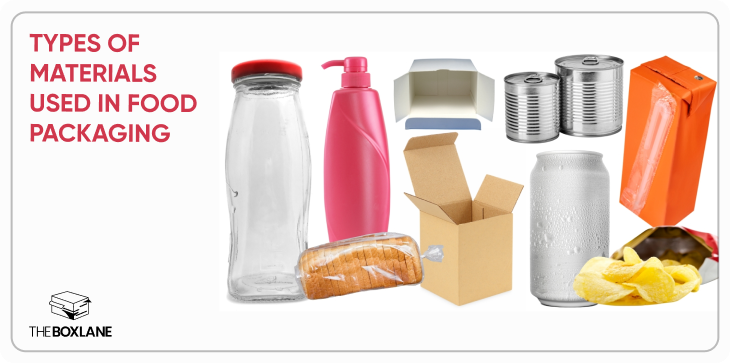
1. BoPET (Biaxially-Oriented Polyethylene Terephthalate)
BoPET is highly reputed for its high strength and waterproofing features and is commonly used in the packaging of snacks and frozen foods. Because of its lightweight weight it is relatively cheaper but stronger at the same time, thus a common material for packaging products that need to have longer durability on the shelf.
2. Metallized Films
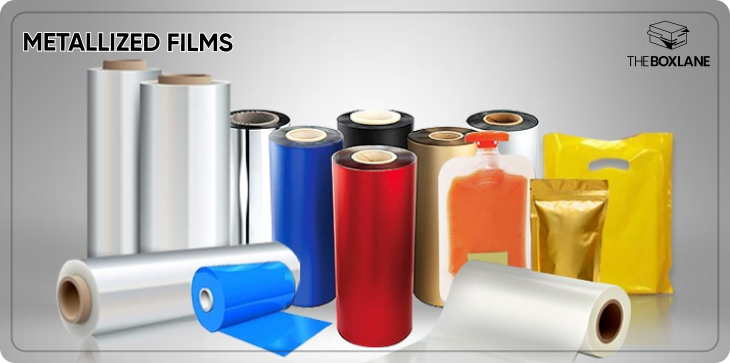
In these films, there is an excellent achievement of light and moisture resistance that is very important when storing products such as coffee and tea. Their reflective nature also gives the packaging a much more luxurious look.
3. Biodegradable Materials
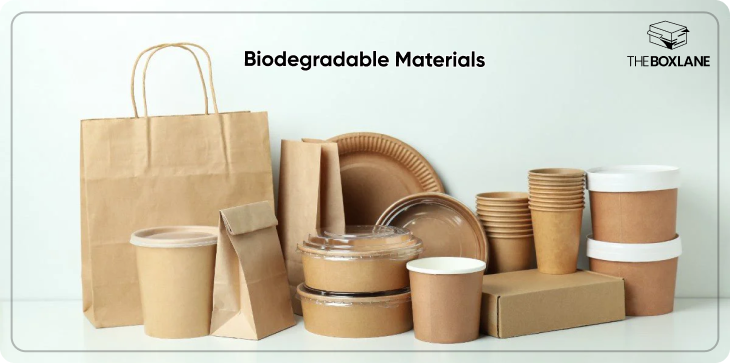
Many biodegradable materials, like PLA or Polylactic Acid, are gradually finding popularity among brands that are ready to adopt an eco-friendly approach. These are compostable materials and will therefore go a long way in minimising environmental impacts – therefore eco-friendly, appealing to eco-friendly consumers.
4. Polyethylene (PE)
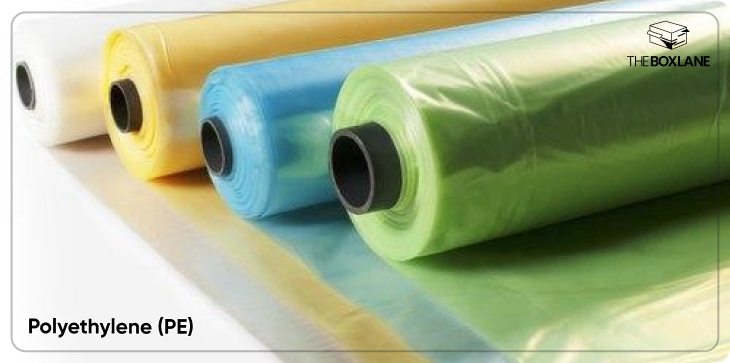
Polyethylene is a flexible material that is widely used in a wide range of flexible packaging products. Due to its characteristics, it can successfully be used for production of light and strong films, which are required for packing fresh vegetables, fruits, bread, and other similar products.
5. Polypropylene (PP)

Polypropylene has good heat resistance, excellent clarity, and moisture barrier properties, and is used for snack foods, bakery items, and resealable pouches. It also has an excellent characteristic of not deforming when subjected to hot filling processes.
6. Nylon (Polyamide)
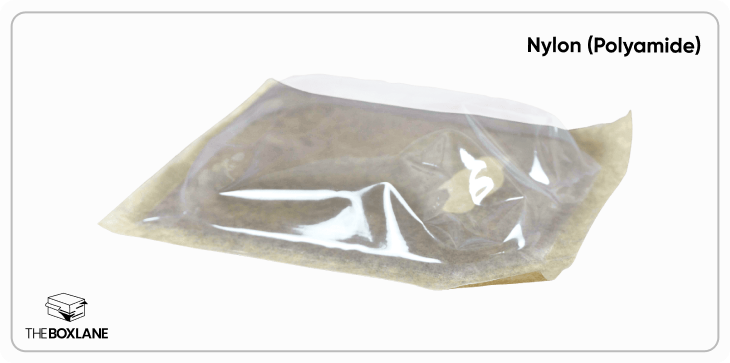
Nylon is also familiar in flexible packaging since it provides strength, durability, and puncture resistance. It is very suitable for vacuum-packed products such as meats and cheese because of its excellent barrier properties.
7. Paper-Based Flexible Packaging
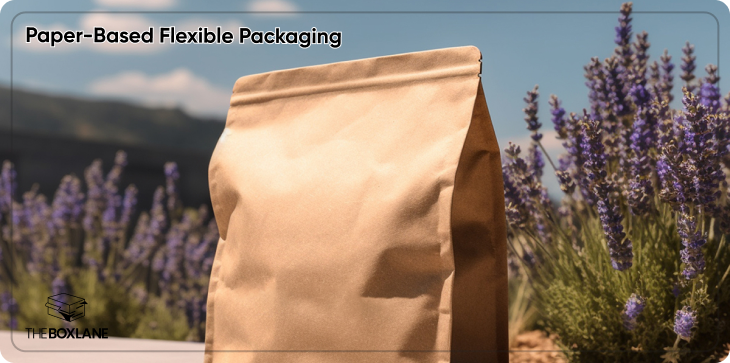
Flexible packaging through paper material has been on the rise as sustainability is now an important factor. These materials are frequently coextruded with coatings or films to provide improved durability and barrier characteristics, but still be recyclable. They are particularly used in the packaging of products such as flour, sugar, and any other baked products.
Advantages of Flexible Packaging for Food
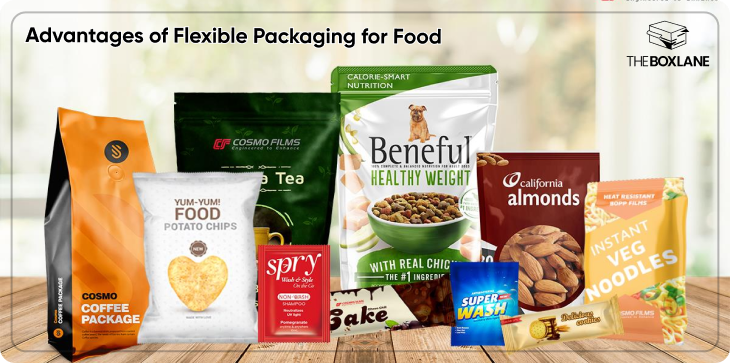
1. Preservation of Freshness
Flexible packaging has some of the highest barrier properties that protect food from moisture, oxygen, and light. These barriers go a long way in lengthening the shelf life of perishable products so that the final product that gets into the consumers’ hands is fresh and of excellent quality. For example, flexible pouches to hold snacks will keep them crispy while metallized films will retain the coffee aroma.
2. Eco-Friendly Options
Sustainability is the current focus of flexible packaging development. Compared to other rigid types of packaging, this kind is more flexible and it only uses fewer raw materials, hence being environmentally friendly. In addition, there are now recyclable and biodegradable packaging, and the public is developing an increasing sensitivity to environmental issues.
3. Consumer Convenience
Flexibility is the key trend of modern life, and flexible packaging provides it. Ease of carrying and storage is facilitated by lighter and space-friendly designs. Aspects such as easy-opening tabs, zippers, and spouts on the packaging help in improving convenience for consumers with active and busy lifestyles.
4. Cost-Effectiveness
As mentioned above, flexible packaging cuts the expenses of packaging at various stages of the supply chain. Its small size reduces transport costs because it can fit many units in a single delivery. Also, it is portable and occupies a smaller area, which ensures that businesses spend less on storage facilities.
5. Higher Product Awareness and Degree of Adaptation
Flexibility of the packaging enables the designer to come up with different styles, and the printing companies offer the best printing methods to produce attractive and quality prints to capture the attention of the customer. This allows the consumer to have trust and confidence with the product inside since some of the features, such as the clear window, are visible.
6. Product Adaptability by Category
Flexible packaging can be used for any form of product, whether it is a dry snack, liquid, or even frozen food. There is a vacuum-sealed pouch with high capability of maintaining freshness, a spouted pouch which is convenient when holding liquid foods, and microwaveable packaging which is suitable for ready-to-eat foods, which are preferred in the food industry.
Applications Across Food Categories
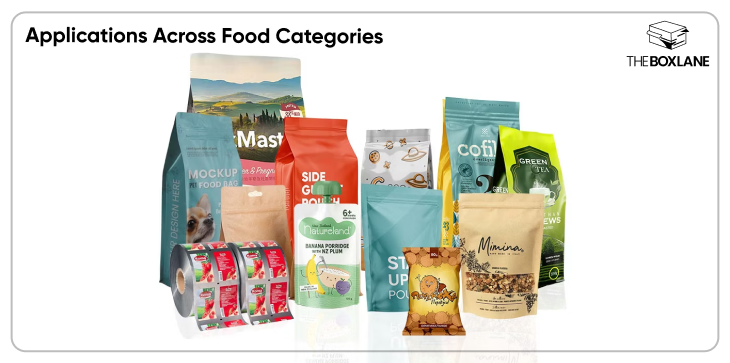
1. Dairy Products
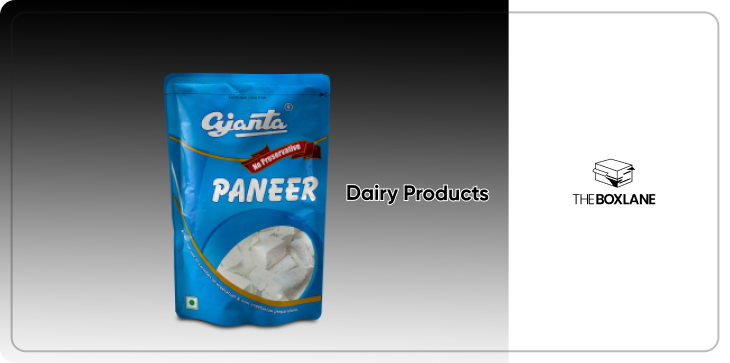
Companies which belong to the dairy industry depend heavily on flexible packaging. This packaging is ideal for use in lids for yogurt cups, wraps for cheese, and pouches for cream among others. These make it more suitable for use when it comes to the preservation of food and this in one way may help in dealing with food wastage.
2. Snacks and Confectioneries
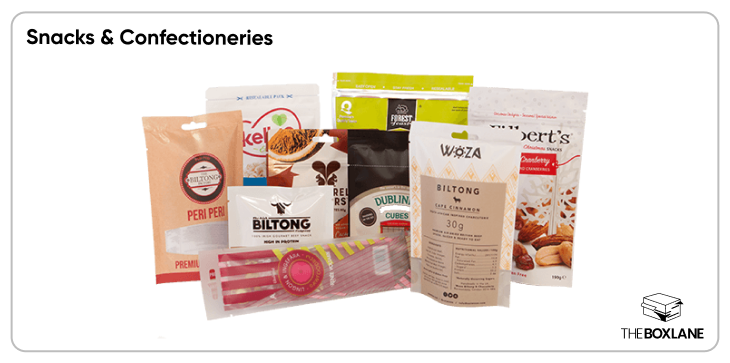
No matter if it is a chip or a candy, flexible packaging provides the kind of barrier that is needed in order to maintain the taste, the texture, and the quality. Convenience styles are also chosen for snack foods to ensure that consumers can snack over a given period without compromising the quality of the snack.
3. Beverages

Spouted pouches are the innovative packaging solution that is rapidly transforming the beverage industry. These lightweight and snap-lock packs are particularly suitable for juices, smoothies, and beers, beverages that consumers would prefer to consume away from their homes.
4. Ready Meals
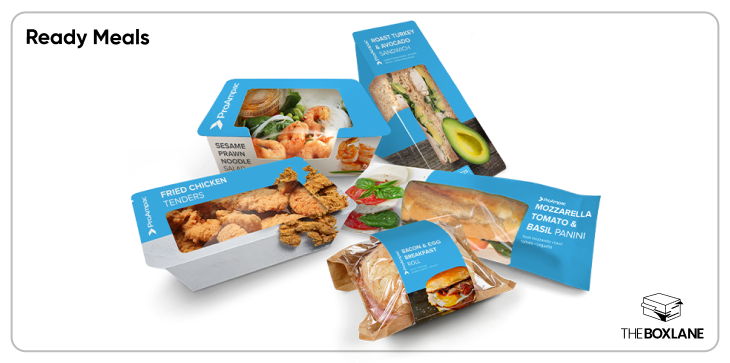
This flexible type of packaging has already penetrated the segment of ready meals. Microwaveable and oven-safe pouches appeal to time-starved consumers looking for easy-to-cook or heat meals away from home, convenience being the other aspect of convenience food.
Customization and Branding Opportunities

1. Unique Designs
Flexible packaging gives customers a chance to distinguish themselves through the variety of shapes, sizes, and colors. Companies use creativity to design products that have distinguishing features that can capture the attention of consumers.
2. Advanced Printing Techniques
Digital and flexographic printing offer high definition printing that provides clear graphic and bright colored prints. This provides brands the best opportunity to represent their image, passing on information about products and engaging the consumer with visually appealing packaging.
Regulatory Compliance & Food Safety Standards
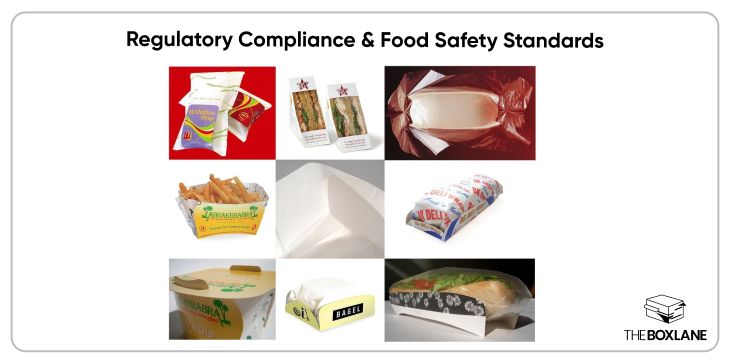
Flexible packaging manufacturers must follow strict food safety laws due to the complexity of the packaging material’s structure. The material used must meet international standards as the products will be processed food and must meet FDA and EU standards. The above compliance also serves the interest of consumers, besides providing an assurance to the buying brand and creating credibility.
Future Trends in Flexible Food Packaging
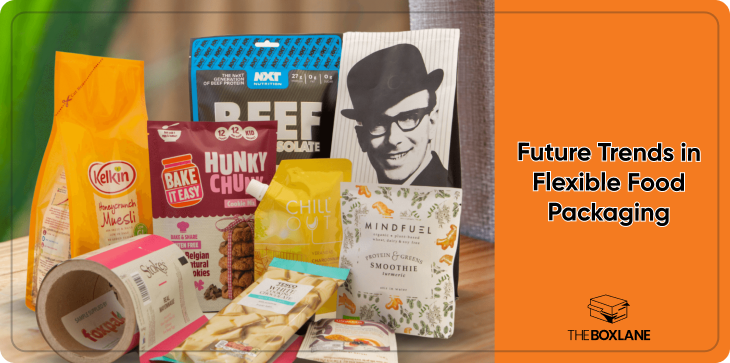
1. Smart Packaging
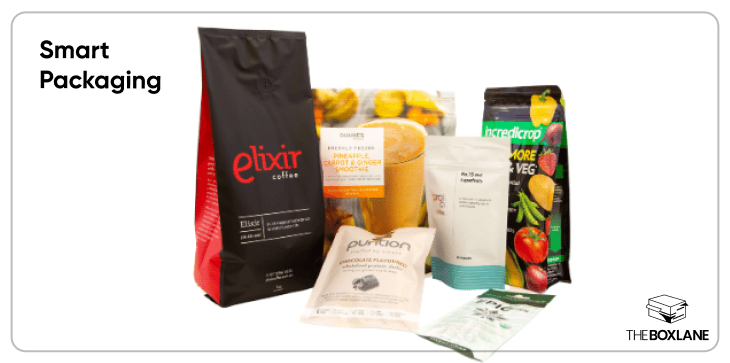
Advanced technologies are gradually turning packaging into an engaging medium. QR codes give consumers details about the product they are handling, while the freshness indicators give consumers details about the quality of food inside.
2. Sustainable Solutions
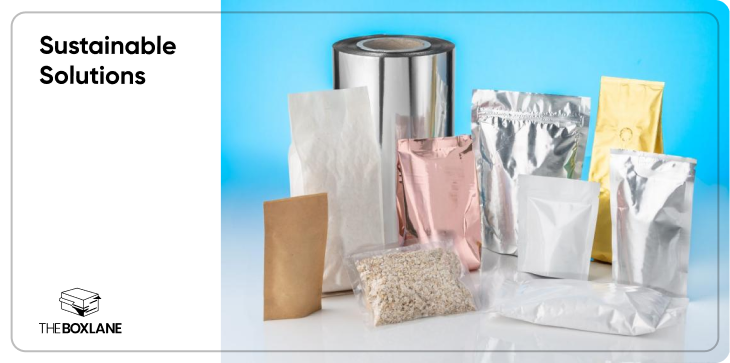
There are now bio-based solutions and compostable films due to the continually rising demand for sustainable packaging. Examples include biodegradable films that are being adopted by brands and use of biopolymers.
3. Consumer Preferences
Because the buyer is more conscious about the packaging material and its sustainability and convenience, the packaging industry is moving more towards reusable and multi-use packaging. These solutions are done in consonance with changing values and are more effective in building lasting brand equity.
Conclusion
Flexible packaging is changing the food industry by providing solutions for shelf life extension, eco-friendly solutions, and enhancing brand image. The product’s flexibility, low price, and a wide range of environmentally friendly options make it an essential solution for companies that strive to satisfy the requirements of contemporary consumers.
Its continuous advancement proves that flexible packaging is a proactive technique beneficial both for product protection and modern consumer values. As such, flexible packaging serves as a roadmap for businesses that want to adopt a new packaging solution that works and is also eco-friendly. Discover convenient packaging trends that can enhance your products and help create a better environment for the next generation while increasing the value of your brand.


